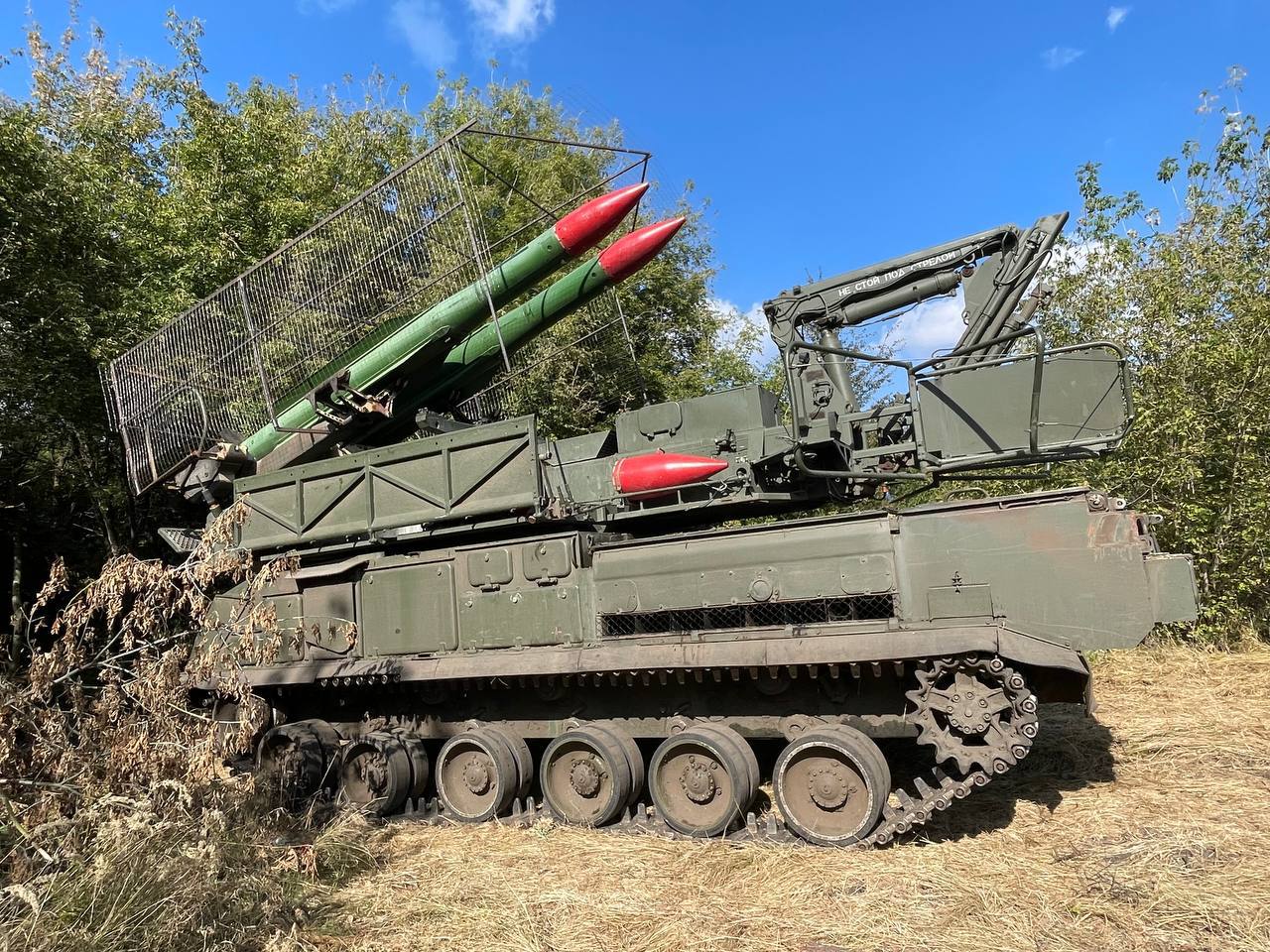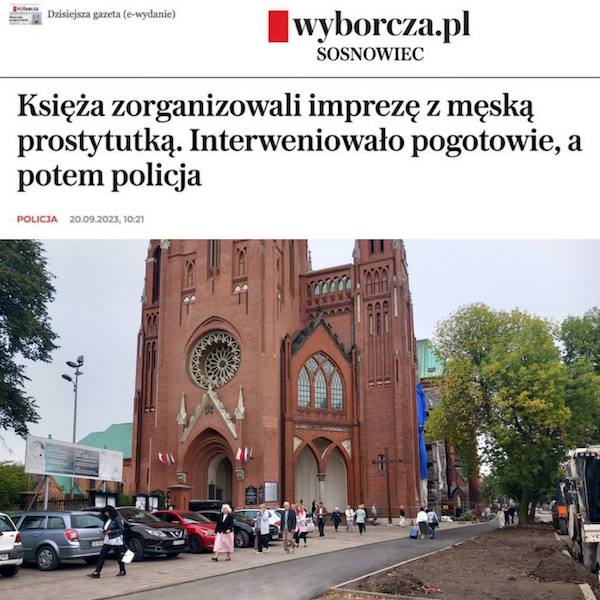The toxic legacy of the Ukraine war
Russia's invasion is leaving a toxic trace on Ukrainian soil, contaminating crops and posing a serious long-term risk to human health.
O
On 6 June, satellite images captured hundreds of craters made by artillery shells and a 40m-wide (131 ft) hole left by a bomb in fields around the village of Dovhenke, in eastern Ukraine. It is just one site left scarred by Russia's invasion of its neighbour. And as the war continues to wreak a devastating humanitarian toll on the people caught up in the fighting, the conflict is leaving a far less obvious, toxic legacy on the land itself.
Amongst the pockmarked landscape and burned-out buildings of Dovhenke, heavy metals, fuel and chemical residues from ammunition and missiles have seeped into the soil.
Although the full extent of soil contamination in Ukraine is not yet known, there are concerns that the conflict will cause long-lasting damage to the country's agricultural productivity. Ukraine is one of the world's most important producers and exporters of cereals and oilseeds, including corn, wheat, barley and sunflower oil. The widespread pollution caused by the conflict also threatens local wildlife and the health of communities, who are at risk of eating contaminated crops.
The Ukrainian government has asked the United Nations Environment Programme (UNEP) to help it assess the environmental damage being done by the conflict. Preliminary monitoring by the agency and its partners suggest that urban and rural landscapes could be left with a "toxic legacy for generations to come".
Attacks across Ukraine have already resulted in the destruction of chemical factories or waste storage facilities, which is leading to a cocktail of pollution issues. The latest figures collated in January by the UNEP estimate that 618 industrial or critical infrastructure sites have been damaged or destroyed in the year since the war began. UNEP considers these to be conservative estimates that are indicative but far from conclusive. Actual numbers are expected to be substantially higher.
"Many reports can't be verified," says Andrea Hinwood, chief scientist for UNEP. "We don't yet know which pollutants are in situ – at the moment, it's not possible to access so many of these areas. Some remote technologies can be applied to give a visual overview but really it's not until the conflict is over…that we'll be able to actually test for specific contaminants."
A special taskforce coordinated by the Ecological Inspectorate of Ukraine, is investigating environmental crimes such as attacks on water facilities, chemical factories and nuclear power plants. UNEP warns that this impact assessment could be "a colossal task given the scale and geographical spread of reported incidents".
Satellite images can show changes in healthy vegetation by detecting burned land, craters and military movement (Credit: Maxar Technologies / Getty Images)
Environmental groups are already carefully documenting the damage so that they know where to direct rehabilitation and clean-up efforts once the conflict ends. But can Ukraine's crops and desecrated soil be recultivated? No one can say decisively at this point, but experts agree that it will involve a mammoth effort and that it will not be a one-size-fits-all solution, as the contamination is location-specific. Clean-up efforts may involve using microbes to break down oil spills, or growing plants such as brake fern and sunflowers to extract certain toxic chemicals or stabilise the soil.
Some of Ukraine's worst-hit areas are in the southern and eastern parts of the country, which also had the most fertile soil, says Yevhenia Zasiadko, head of climate at EcoAction, a Ukrainian non-profit that is building a database documenting the environmental impacts of Russia's war. To date, EcoAction has documented 841 incidents, using open-source data.
Physical soil pollution occurs when heavy machinery compacts the soil, when explosions create craters and disrupt the temperature, or when fires directly damage ecosystems, according to UNEP.
Mines or missiles, fuel and lubricants from military vehicles, and combustion products are all resulting in chemical contamination of Ukraine soils, says Zasiadko. "Harmful substances can migrate into the plants growing on that land, so food can become poison for those who consume it," she says.
When a range of munitions have been used, soil toxicity can be persistent and challenging to remove so locations must be prioritised depending on the level of damage, says Hinwood. Excessive bombing in places like Mariupol, a port city with multiple types of industry and urban development, poses enormous challenges in terms of crop remediation, she says. "If you have damage to urban infrastructure, wastewater infrastructure, maybe chemical manufacturing plants, you've got multiple environmental impacts there," she says.
But with so many lives shattered by the conflict, it may be difficult to ensure enough attention is paid to the long-term environmental costs the war is creating, says Zasiadko. She hopes contaminated soils won't be ignored after the war. "We need to keep this on the agenda. [Conflict pollution] is not visible. Even if the war would stop now, [we'd face] consequences with the environment for years and years; we need to deal with this."
She says currently "there's not much information about how the government are going to act". Ukraine's ministry for environment did not respond to BBC Future's request for comment.
In terms of remediation, Zasiadko hopes that some of the most damaged areas will be assigned as nature conservation zones and allowed to recover. "[But] everything has to be decided individually, and depends on the level of pollution and what it will be used for," she says.
Monitoring is critical to direct remediation efforts to the highest priority sites, says Wim Zwijnenburg, a senior researcher working on environment and conflict for Pax, a Dutch non-profit peace organisation. Pax has been using satellite images and open source data to identify and map pollution incidents, including 213 reported military actions on energy infrastructure.
Russia's invasion is leaving a toxic trace on Ukrainian soil, contaminating crops and posing a serious long-term risk to human health.
O
On 6 June, satellite images captured hundreds of craters made by artillery shells and a 40m-wide (131 ft) hole left by a bomb in fields around the village of Dovhenke, in eastern Ukraine. It is just one site left scarred by Russia's invasion of its neighbour. And as the war continues to wreak a devastating humanitarian toll on the people caught up in the fighting, the conflict is leaving a far less obvious, toxic legacy on the land itself.
Amongst the pockmarked landscape and burned-out buildings of Dovhenke, heavy metals, fuel and chemical residues from ammunition and missiles have seeped into the soil.
Although the full extent of soil contamination in Ukraine is not yet known, there are concerns that the conflict will cause long-lasting damage to the country's agricultural productivity. Ukraine is one of the world's most important producers and exporters of cereals and oilseeds, including corn, wheat, barley and sunflower oil. The widespread pollution caused by the conflict also threatens local wildlife and the health of communities, who are at risk of eating contaminated crops.
The Ukrainian government has asked the United Nations Environment Programme (UNEP) to help it assess the environmental damage being done by the conflict. Preliminary monitoring by the agency and its partners suggest that urban and rural landscapes could be left with a "toxic legacy for generations to come".
Attacks across Ukraine have already resulted in the destruction of chemical factories or waste storage facilities, which is leading to a cocktail of pollution issues. The latest figures collated in January by the UNEP estimate that 618 industrial or critical infrastructure sites have been damaged or destroyed in the year since the war began. UNEP considers these to be conservative estimates that are indicative but far from conclusive. Actual numbers are expected to be substantially higher.
"Many reports can't be verified," says Andrea Hinwood, chief scientist for UNEP. "We don't yet know which pollutants are in situ – at the moment, it's not possible to access so many of these areas. Some remote technologies can be applied to give a visual overview but really it's not until the conflict is over…that we'll be able to actually test for specific contaminants."
A special taskforce coordinated by the Ecological Inspectorate of Ukraine, is investigating environmental crimes such as attacks on water facilities, chemical factories and nuclear power plants. UNEP warns that this impact assessment could be "a colossal task given the scale and geographical spread of reported incidents".
Satellite images can show changes in healthy vegetation by detecting burned land, craters and military movement (Credit: Maxar Technologies / Getty Images)
Environmental groups are already carefully documenting the damage so that they know where to direct rehabilitation and clean-up efforts once the conflict ends. But can Ukraine's crops and desecrated soil be recultivated? No one can say decisively at this point, but experts agree that it will involve a mammoth effort and that it will not be a one-size-fits-all solution, as the contamination is location-specific. Clean-up efforts may involve using microbes to break down oil spills, or growing plants such as brake fern and sunflowers to extract certain toxic chemicals or stabilise the soil.
Some of Ukraine's worst-hit areas are in the southern and eastern parts of the country, which also had the most fertile soil, says Yevhenia Zasiadko, head of climate at EcoAction, a Ukrainian non-profit that is building a database documenting the environmental impacts of Russia's war. To date, EcoAction has documented 841 incidents, using open-source data.
Physical soil pollution occurs when heavy machinery compacts the soil, when explosions create craters and disrupt the temperature, or when fires directly damage ecosystems, according to UNEP.
Mines or missiles, fuel and lubricants from military vehicles, and combustion products are all resulting in chemical contamination of Ukraine soils, says Zasiadko. "Harmful substances can migrate into the plants growing on that land, so food can become poison for those who consume it," she says.
When a range of munitions have been used, soil toxicity can be persistent and challenging to remove so locations must be prioritised depending on the level of damage, says Hinwood. Excessive bombing in places like Mariupol, a port city with multiple types of industry and urban development, poses enormous challenges in terms of crop remediation, she says. "If you have damage to urban infrastructure, wastewater infrastructure, maybe chemical manufacturing plants, you've got multiple environmental impacts there," she says.
But with so many lives shattered by the conflict, it may be difficult to ensure enough attention is paid to the long-term environmental costs the war is creating, says Zasiadko. She hopes contaminated soils won't be ignored after the war. "We need to keep this on the agenda. [Conflict pollution] is not visible. Even if the war would stop now, [we'd face] consequences with the environment for years and years; we need to deal with this."
She says currently "there's not much information about how the government are going to act". Ukraine's ministry for environment did not respond to BBC Future's request for comment.
In terms of remediation, Zasiadko hopes that some of the most damaged areas will be assigned as nature conservation zones and allowed to recover. "[But] everything has to be decided individually, and depends on the level of pollution and what it will be used for," she says.
Monitoring is critical to direct remediation efforts to the highest priority sites, says Wim Zwijnenburg, a senior researcher working on environment and conflict for Pax, a Dutch non-profit peace organisation. Pax has been using satellite images and open source data to identify and map pollution incidents, including 213 reported military actions on energy infrastructure.







Коментар